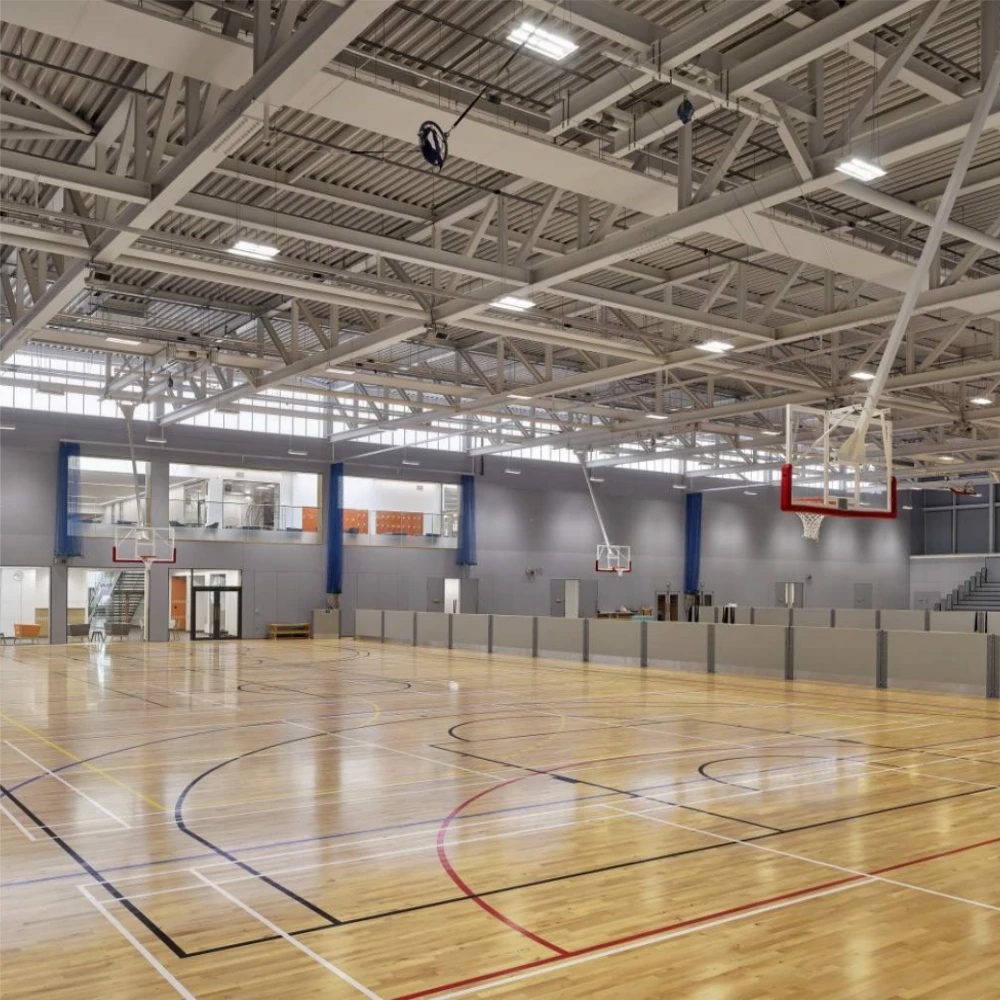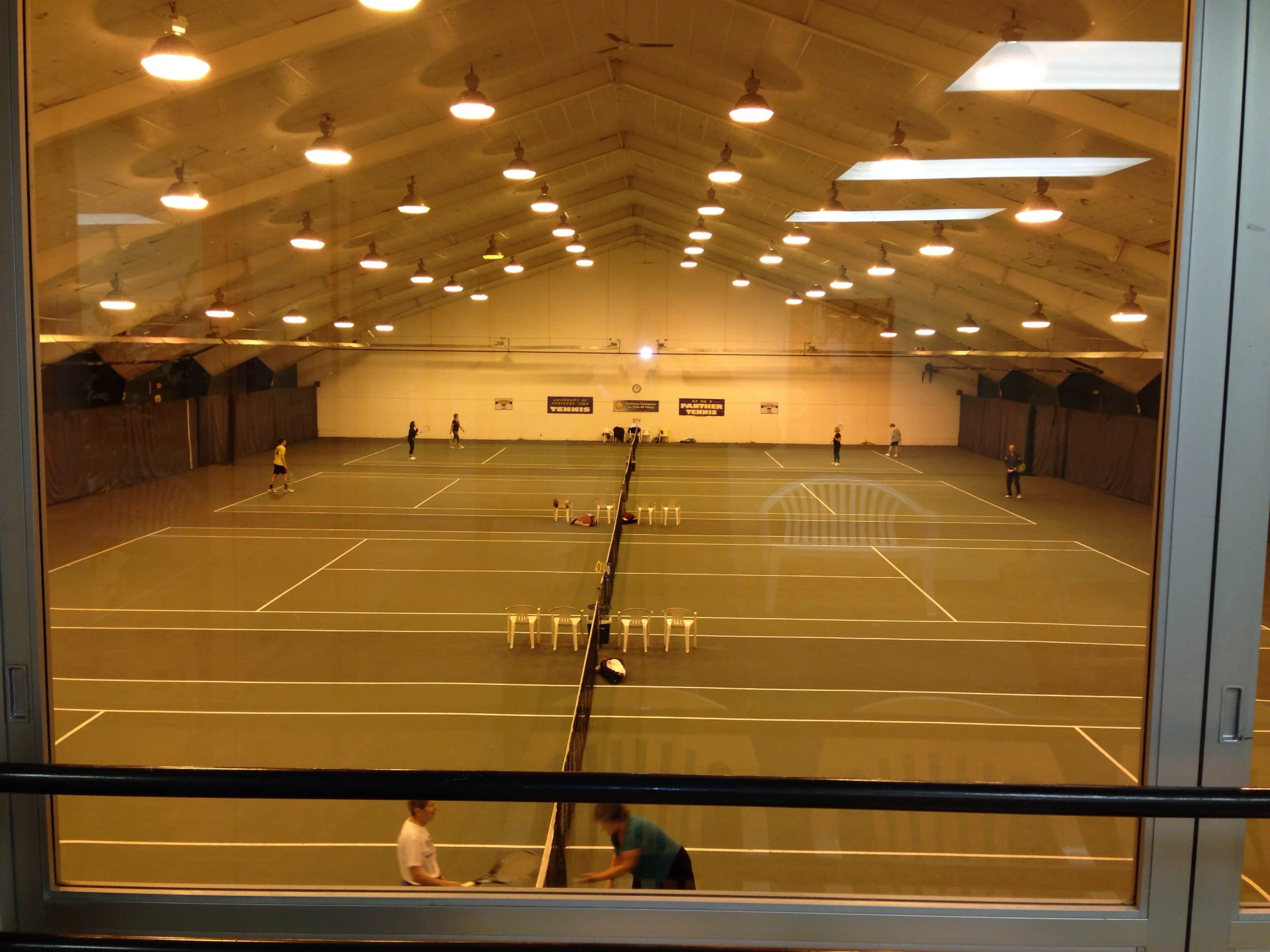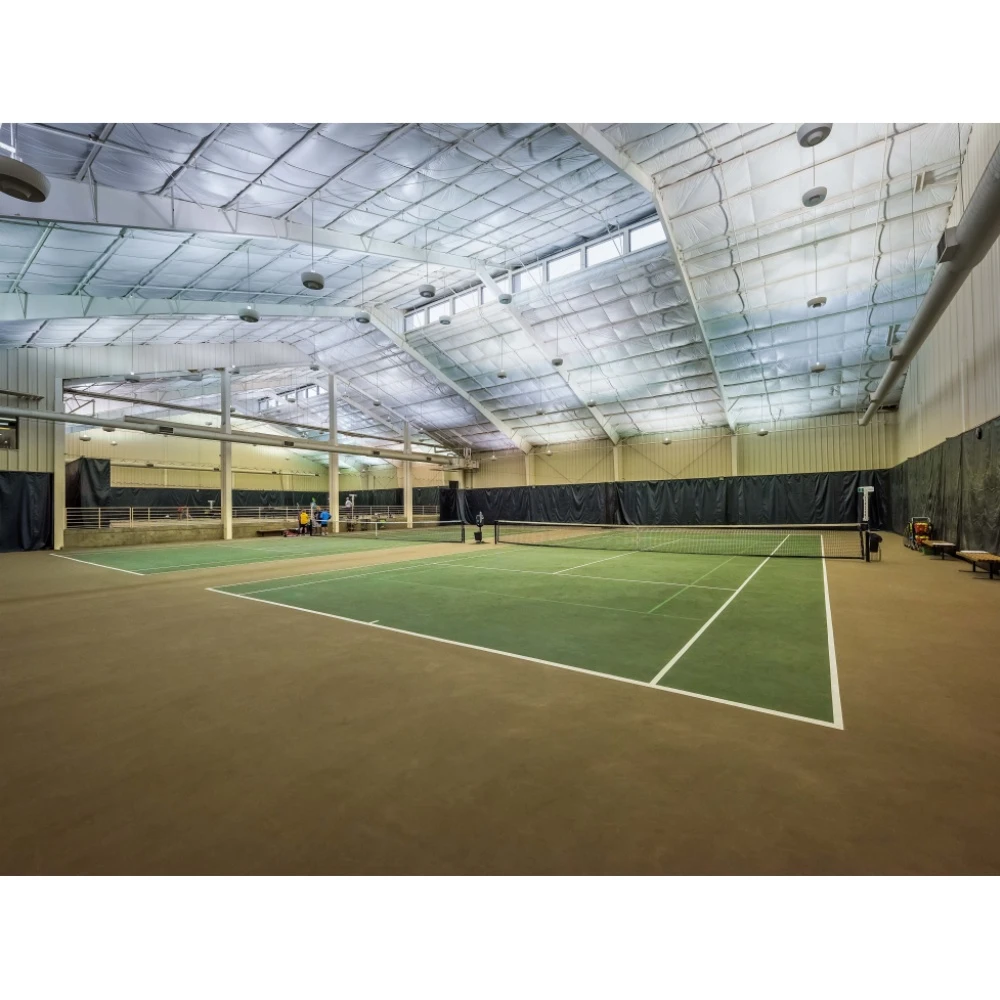- Afrikaans
- Albanian
- Amharic
- Arabic
- Armenian
- Azerbaijani
- Basque
- Belarusian
- Bengali
- Bosnian
- Bulgarian
- Catalan
- Cebuano
- Corsican
- Croatian
- Czech
- Danish
- Dutch
- English
- Esperanto
- Estonian
- Finnish
- French
- Frisian
- Galician
- Georgian
- German
- Greek
- Gujarati
- Haitian Creole
- hausa
- hawaiian
- Hebrew
- Hindi
- Miao
- Hungarian
- Icelandic
- igbo
- Indonesian
- irish
- Italian
- Japanese
- Javanese
- Kannada
- kazakh
- Khmer
- Rwandese
- Korean
- Kurdish
- Kyrgyz
- Lao
- Latin
- Latvian
- Lithuanian
- Luxembourgish
- Macedonian
- Malgashi
- Malay
- Malayalam
- Maltese
- Maori
- Marathi
- Mongolian
- Myanmar
- Nepali
- Norwegian
- Norwegian
- Occitan
- Pashto
- Persian
- Polish
- Portuguese
- Punjabi
- Romanian
- Russian
- Samoan
- Scottish Gaelic
- Serbian
- Sesotho
- Shona
- Sindhi
- Sinhala
- Slovak
- Slovenian
- Somali
- Spanish
- Sundanese
- Swahili
- Swedish
- Tagalog
- Tajik
- Tamil
- Tatar
- Telugu
- Thai
- Turkish
- Turkmen
- Ukrainian
- Urdu
- Uighur
- Uzbek
- Vietnamese
- Welsh
- Bantu
- Yiddish
- Yoruba
- Zulu
Nov . 08, 2024 00:16 Back to list
Understanding Portal Frame Buildings A Comprehensive Guide
Portal frame buildings are a prevalent choice in modern construction, favored for their strength, versatility, and cost-effectiveness. These structures are characterized by their distinctive framework, typically comprising rigid frames that consist of vertical columns and horizontal beams. This design not only provides excellent stability but also allows for expansive open spaces, making portal frame buildings ideal for various applications, including warehouses, factories, and sports halls.
The Structure of Portal Frame Buildings
At the core of a portal frame building is the 'portal frame' itself, which is formed by the connection of the columns and beams at the eaves. This connection is usually made rigid, enabling the building to withstand lateral loads such as wind and seismic forces. One of the primary advantages of this design is that it eliminates the need for numerous internal load-bearing walls, resulting in a versatile space that can easily be modified to meet changing needs.
The frames are often constructed from steel or reinforced concrete, materials known for their strength and durability. Steel portal frames are particularly popular due to their light weight and high tensile strength, allowing for longer spans between supports. This feature not only maximizes the usable space but also enhances the aesthetic appeal of the buildings, granting architects greater freedom in design.
Advantages of Portal Frame Buildings
1. Cost-Effectiveness Portal frame buildings are generally more cost-effective than traditional building methods. The use of prefabricated components allows for quicker assembly on-site, reducing labor costs and construction time significantly.
2. Design Flexibility The clear span design offers remarkable flexibility in terms of layout and usage. Users can arrange machinery, racking systems, or other equipment without obstructive internal support columns, making portal frame buildings ideal for manufacturing and storage facilities.
3. Durability and Maintenance With proper design and materials, portal frame buildings can withstand harsh weather conditions, including heavy winds and snow. They require minimal maintenance compared to traditional structures, contributing to long-term savings for owners.
4. Sustainability Many manufacturers are increasingly using eco-friendly materials in portal frame building construction. Steel, for instance, is recyclable, and energy-efficient building practices are often employed, aligning with global sustainability goals.
portal frame buildings

Applications of Portal Frame Buildings
Portal frame buildings are incredibly versatile and can be found in various sectors
- Industrial Warehousing The ample open space resulting from portal frame construction makes these buildings ideal for large storage facilities. They enable high stacking of goods and accommodate large machinery without space constraints.
- Agriculture Farmers use portal frame structures for equipment storage, livestock housing, and even as function venues, tailored to meet specific agricultural needs.
- Sports Facilities The spacious interiors allow for the construction of sports halls, swimming pools, and gymnasiums, where unobstructed areas are critical.
- Retail and Showrooms The flexibility afforded by portal frames lends itself well to retail environments, allowing businesses to create expansive, adaptable spaces.
Conclusion
Portal frame buildings stand out in the construction industry for their unique balance of strength, cost-effectiveness, and design flexibility. As demand for functional spaces grows across various sectors, these structures are increasingly recognized for their suitability in meeting modern demands. Whether you’re an architect, construction manager, or an investor, understanding the principles behind portal frame buildings can provide valuable insights into their advantages and potential applications.
In summary, as we continue to innovate in construction methodologies, portal frame buildings are likely to remain a preferred choice for many projects, contributing to efficient, sustainable, and versatile building solutions. Their role in the future of construction cannot be underestimated, making them an appealing option for various industries looking to optimize space while managing costs effectively.
-
How Do Prefabricated Steel Structures Transform Modern Construction?
NewsJul.14,2025
-
How Do Prefabricated Metal Buildings Redefine Modern Construction?
NewsJul.14,2025
-
How Do Prefab Insulated Metal Buildings and Steel Structures Revolutionize Modern Construction?
NewsJul.14,2025
-
How Do Pre - Engineered Steel Structures Redefine Modern Construction?
NewsJul.14,2025
-
Advancing Modular Construction with Prefabricated Metal Structures
NewsJul.14,2025
-
Advancing Industrial Infrastructure with Prefabricated Steel Solutions
NewsJul.14,2025
Products categories
Our Latest News
We have a professional design team and an excellent production and construction team.











